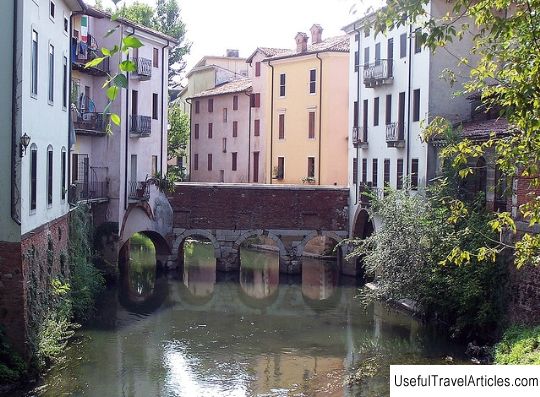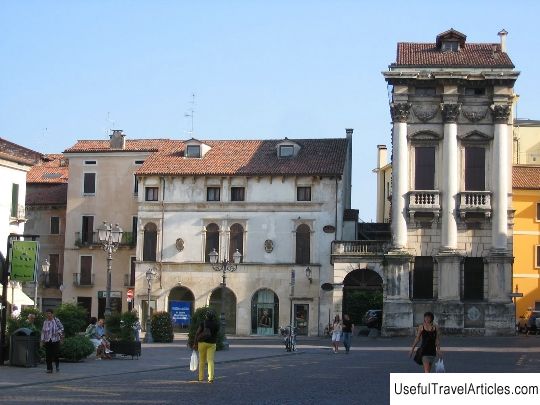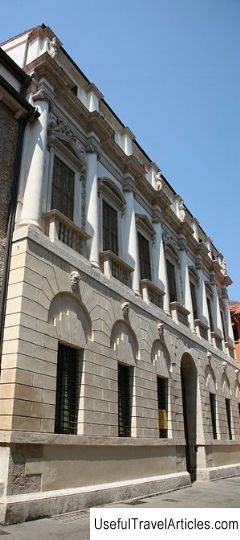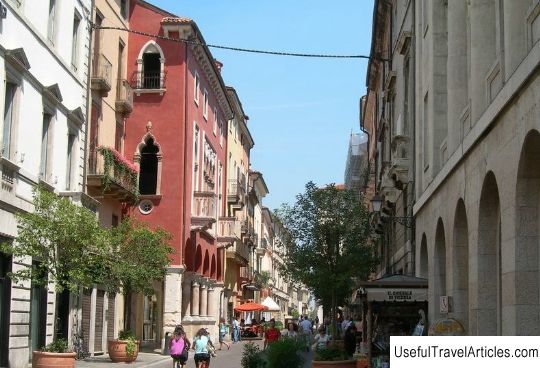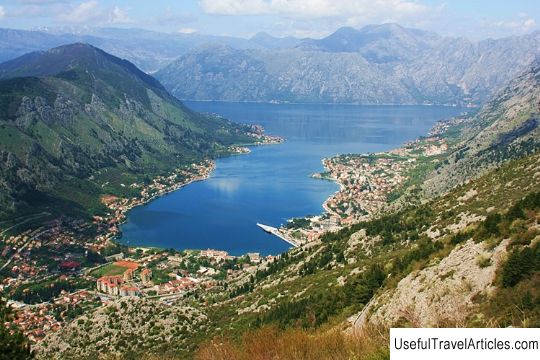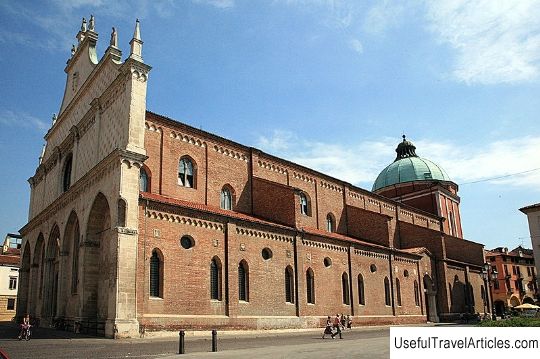District Contra Piazza Castello description and photos - Italy: Vicenza
Rating: 7,8/10 (900 votes) Area Contra Piazza Castello description and photos - Italy: Vicenza. Detailed information about the attraction. Description, photographs and a map showing the nearest significant objects. The title in English is Contra Piazza Castello. Photo and descriptionThe area of Contra Piazza Castello is spread around the small square of Piazza Castello and introduces its visitors to the streets of ancient Roman Vicenza. It is here that you can see two monuments of ancient archeology - the Cryptoporticus and the crypt of the Cathedral. The Cathedral of Santa Maria Annuchata is undoubtedly one of the most significant historical and artistic buildings in Vicenza. The impressive Gothic construction is the result of at least three reconstructions of previous buildings that took place in the 8th, 11th and 13th centuries. It is also one of two religious buildings in the city, to which the great Andrea Palladio had a hand - in particular, in 1575, he worked on the door facing Contra Lampertico. A little to the side of the cathedral is a 9th century Romanesque bell tower. Inside, the cathedral is decorated with numerous works of art, including paintings by Maffei and Montagna, a golden polyptych by Lorenzo Veneziano, the throne of da Pedemuro and Pittoni, a huge sculptural altarpiece of Antonio di Nicolo da Venice. A fragment of the ancient cobbled pavement of the era of Ancient Rome has been preserved under the crypt. To the right of the harmonious Cathedral Square is the Episcopal Palace, a 19th century neoclassical building by Verde. In its courtyard you can see a real "gem" - the magnificently decorated Zeno Loggia by the architect Bernardino da Milano. A little further there is the entrance to the Cryptoporticus - a very interesting structure from the times of the Roman Empire, and the Oratorio del Gonfalone chapel with paintings by Zelotti, Maganza and Albanese. Going down a quiet narrow street to the Retrone River, you can see a number of interesting buildings, such as the medieval towers of Torri Loschi, the imposing poorhouse of Ospizio dei Proti and the Oratorio della Visitazione. Once hidden from prying eyes, the Church of Santa Maria delle Grazie, built in the late 15th century and rebuilt a century later, is now open to visitors who can admire the works of Maganza, De Pieri, Marinali and Jacopo and Leandro da Bassano. And then a more "tourist" and undoubtedly the most unusual part of the route begins - the so-called "Trail of four bridges", from which you can see the houses washed by the slow waters of the Retrone River. This part of the city is radically different from the "Palladian" face of Vicenza and once again makes one remember that, in fact, Vicenza has many faces. The trail starts at the Furo bridge, built in the 2nd century and retaining the antique buttresses, pillars and two arches. It is from him that one of the most wonderful city views opens. On the other side of the river there is an area that is little known to tourists, despite the fact that its houses have their own historical and artistic value. For example, here is the grandiose ancient Roman theater of Berg, built in the 1st century. Palladio once studied its architecture, and in the 16-17th centuries the valuable marble that adorned the theater was dismantled. Fragments of this marble finish can be seen today on the foundations of the Palazzo Porto Scaroni and in Piazzola San Giuseppe. Passing Porton del Luzo - an ancient tower of medieval city walls, you can find yourself in Piazzola Gualdi, from which pretty small streets run in different directions. It is worth admiring the beautiful salon of the Palazzo Gualdo and the chapels of Oratorio di Santa Chiara e San Bernardo and Oratorio delle Zitelle. From Piazzola Gualdi, the "trail of four bridges" leads to the San Michele bridge, at the foot of which stands the 17th century Oratorio di San Nicola. San Michele is one of the most typical bridges of Vicenza, while at the same time bearing the features of Venetian architecture, as its creator, Contini, took part in the construction of the Rialto Bridge. A few meters from it begins the Barke district - an old port, the first mention of which is found in 1230. Here the attention is drawn to the curious "layered" architecture of the Hospital of San Valentino and the Roman bridge Ponte delle Barque. Finally, the trail leads to Piazza Matteotti: on the left rises Palazzo Valmarana Trento, and next to Palazzo Chiericati stands Palazzetto Giacomazzi-Trevisan, a unique example of the Rococo style in Vicenza. On the other side of the square is the Bridge of Angels - Ponte degli Angeli, leading to the San Zulian area with its old craft workshops. Its landmark is Corte dei Roda - a number of recently restored houses and courtyards. In Piazza XX Settembre stands the Palazzo Angaran, one of the outstanding examples of the early Renaissance, and to the right of the bridge you can see the Church of San Pietro and the huge cloister with the tiny Oratorio dei Boccalotti.          We also recommend reading House of the actor named after A. V. Semenova description and photo - Russia - North-West: Vologda Topic: District Contra Piazza Castello description and photos - Italy: Vicenza. |
